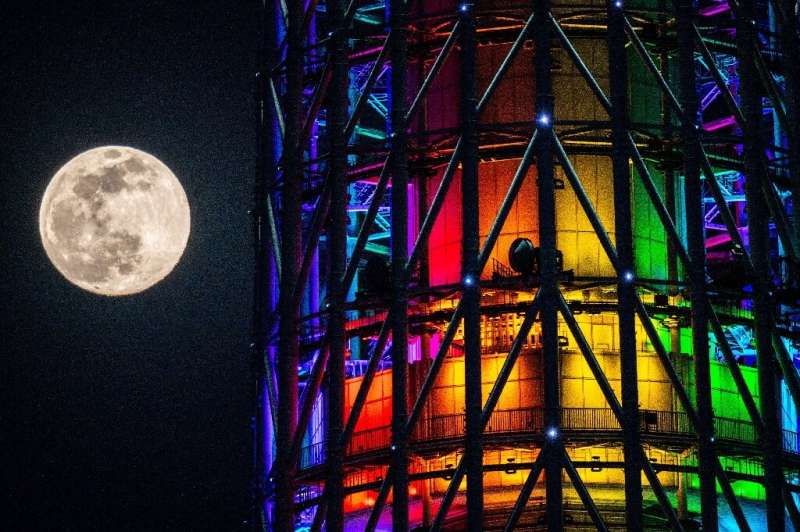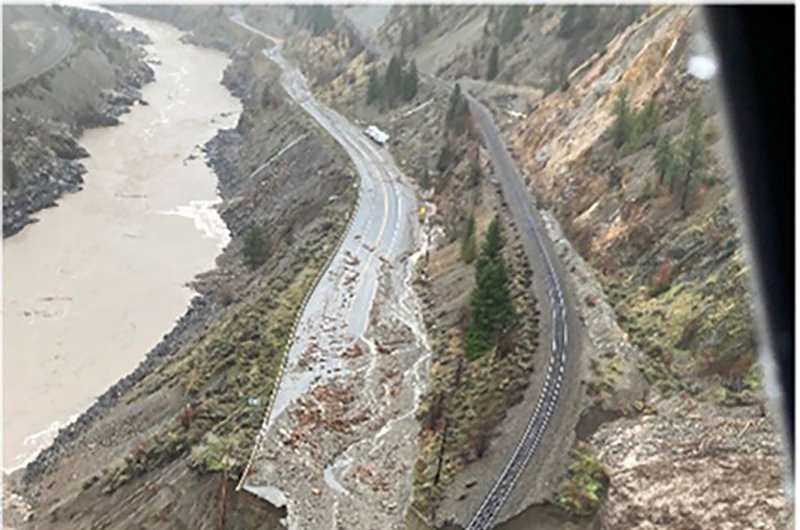Dr. Catherine Schuster-Bruce
Fri, November 19, 2021

Mask-wearing reduced COVID-19 incidence by 53%, a large study found.
Mask-wearing seems the best public health measure for fighting COVID-19, according to a large analysis.
Hand-washing and social distancing could also reduce the number of new COVID-19 cases, the study authors said.
The researchers bemoaned a lack of quality data on quarantine, lockdowns, and school closures.
Mask-wearing seems to be the most effective public health measure for combating the coronavirus, according to a large global analysis that found it reduced COVID-19 incidence by 53%.
Hand-washing and physical distancingcould also reduce the number of new COVID-19 cases, according to the analysis published in the British Medical Journal (BMJ) Thursday.
The scientists, from the UK, Australia, and China, analyzed more than 70 published studies from across the world that examined non-pharmaceutical public health interventions. Vaccines are proven to be highly effective at stopping people catching COVID-19 but the effects of other public health measures is less clear.
The scientists said they were unable to draw firm conclusions about the effectiveness of quarantine and isolation, universal lockdowns, and closures of borders, schools, and workplaces, because the studies were so diverse.
Paul Glasziou, director of the Institute for Evidence-Based Healthcare at Australia's Bond University, said in a BMJ editorial that "uncertainties and controversies" around the effects of public health measures and "lack of investment" — at just 4% of global COVID-19 research funding — was "puzzling" given their "central importance" in controlling the pandemic.
Glasziou said the "most striking" finding was that the study authors identified only one randomized controlled trial for mask-wearing — the type of trial considered to provide the best evidence. Meanwhile, hundreds of trials have been completed for COVID-19 drug treatments, he said.
Dr. Baptiste Leurent, assistant professor in medical statistics at London School of Hygiene and Tropical Medicine, said in a statement to the Science Media Centre that the researched published Thursday was probably the best available regarding the effects of public health measures on COVID-19 transmission.
However, the accuracy of the findings from this type of research relies on the quality of studies it analyzes.
Laurent cautioned that "nearly all" the evidence in the review was based on a type of study that shows a link between an intervention and outcome, without necessarily proving causation. "Caution is needed when trying to put a single number to their effectiveness," he said.
The authors of the study said that controlling COVID-19 "depends not only on high vaccination coverage and its effectiveness but also on ongoing adherence to effective and sustainable public health measures."
Once enough people are vaccinated, new research will be needed to discover how well public health measures work, they said.











